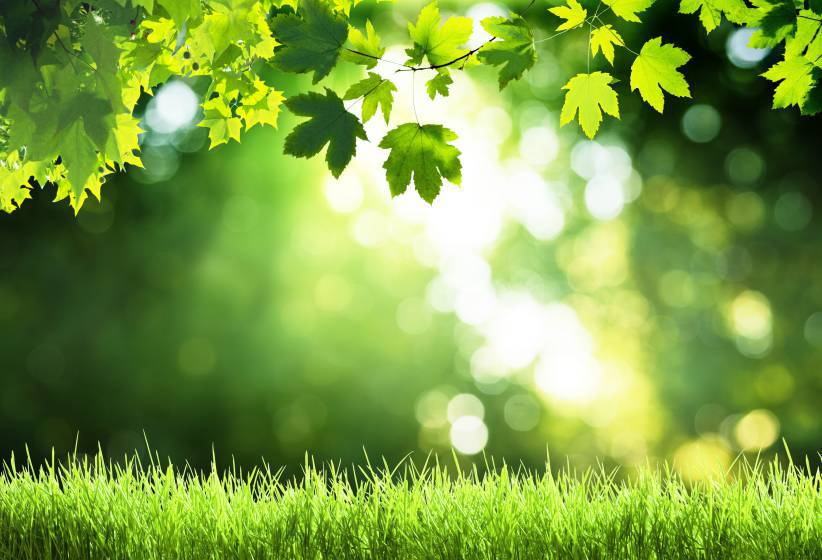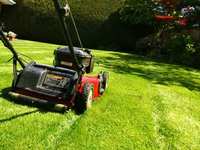Gardening in September

Relief from the intense summer heat is just around the corner. Maybe. Hopefully! The temperatures
will drop a few degrees (hopefully) as we advance deeper into September, and it will be time to begin
thinking about a fall feeding. The St. Augustine turf, which hasn’t been too active for the past month or so, will hit a growth spurt as the intense heat gives way to somewhat cooler temperatures. Continue to mow weekly throughout the duration of the growing season.
TURF AND LAWN CARE
This is the time to repair dead areas caused by chinch bugs damage during the summer months.
Remove any dead grass, and rake it clean. The turf can be replaced by either laying new sod, or plugging the area. We recommend installing sod as it provides “instant lawn” and can help prevent weeds from growing in the bare areas. You will be happy next spring not seeing dead spots in an otherwise lush, green lawn.
Watch for caterpillars such as armyworms or sod webworms. They chew grass blades and can
devastate a lawn in a short while. These can be controlled with products labeled for sod webworms.
BROWN PATCH FUNGUS
A fungal disease, commonly known as Brown Patch, can be a problem in St. Augustine lawns as night time temperatures begin to fall off. Low areas that hold moisture are particularly vulnerable. If you had Brown Patch last year, chances are you will have it again this year in the same areas. Begin to treat now with a preventative dose of fungicide. Lawn Ranger Company’s GREEN LAWN SYSTEM can be of assistance.
WATERING
We aren’t completely out of the hot season just yet. Continue to monitor rainfall and water thoroughly
when necessary. However, you will want to be particularly careful not to overwater as too much
moisture is a catalyst for Brown Patch.
It is a good idea to wait several days, or perhaps a week, before watering the lawn after a good rain,
(although flower beds may require it sooner). The goal is to keep the ground moist to a depth of about 6 inches.
ANNUAL FLOWERING PLANTS
It is probably too late to plant warm-season flowers, and a little too early to plant cool-season. I
wouldn’t add anything to the flower garden at this time. If you have a bare area, mulch it and hold off
for a couple weeks, when cool-season annuals can be planted.
PERENNIALS
It is still too hot to transplant or divide most perennials. However, DAYLILIES and IRIS (including
LOUISIANA IRIS) may be divided now. Go ahead and buy and plant SALVIAS now if you can find them. Most SALVIAS put on a wonderful display of flowers in the fall and early winter – well into December.
Most of the summer-bloomers are finished or are finishing their floral display for the year. Cut back
the flower stalks and old faded flowers to keep the plants looking attractive.
ROSES
It has been a long growing season, and roses have certainly needed their share of your gardening time. Don’t slow down yet! Continue to keep your roses watered as needed and keep pest problems from getting out of control. Over the next two months, some of the finest flowers of the year will be
produced in great abundance from healthy rosebushes.
SHRUBS
The same pests that have been around all summer may continue this month. Watch for whiteflies
(especially on GARDENIAS), lacebugs (especially on AZALEAS), scale (especially on CAMELLIAS, HOLLIES, and EUONYMUS), and aphids (especially on OLEANDERS).
CONTACT US
You are invited to send us your questions and comments. We can be contacted at our offices at 281-681-1025, or through our web site: www.LawnRangerCompany.com.


















